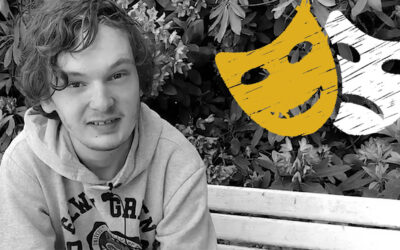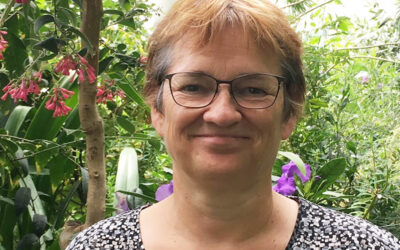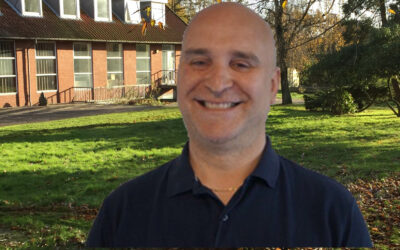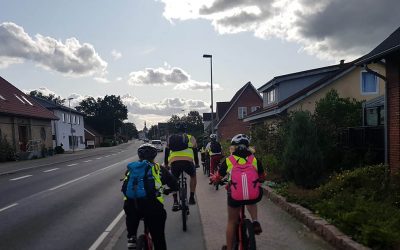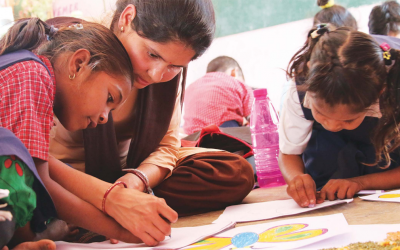



Diversity, tolerance and how to tackle intolerance
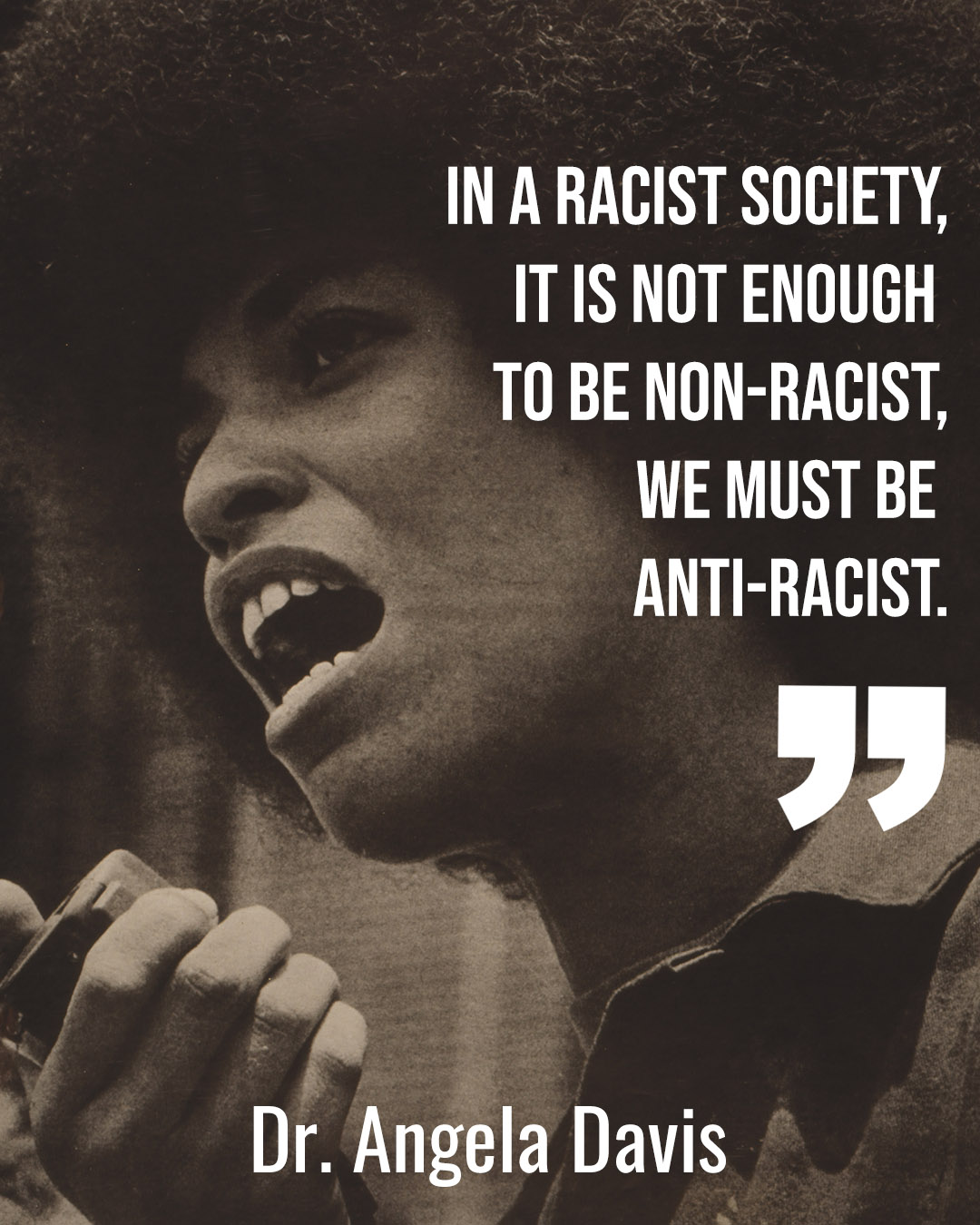
Tolerance is respect, acceptance, and appreciation of the rich diversity of our world’s cultures, our forms of expression and our ways of being human.
Diversity is a natural phenomenon. People are naturally diverse – and therefore only tolerance can ensure that everyone’s human rights are respected. Tolerance ensures that mixed communities with all their diverse members can thrive.
In our modern world, people are more connected than ever. However, this connectivity hasn’t necessarily created more understanding – on the contrary. Similarly, our societies are getting increasingly diverse – but at the same time, intolerance is rampant.
Sectarian tensions can be found at the heart of many conflicts, leading to a rise of violent extremism, massive human rights violations, cultural repression, and xenophobia.

What to do to promote tolerance
Tolerance is much more than passively accepting the other. As Angela Davis famously said:
”In a racist society, it isn’t enough to be non-racist, we must be anti-racist”.
The difference is in the action. The ability to act must be taught, nurtured, and defended.
Tolerance requires investment on different fronts:
- States and governments must invest in people, and in the fulfilment of their full potential through education, inclusion, and opportunities.
- Societies must be founded on respect for human rights.
- Fear, distrust, and misinformation must be countered, head-on, by teachers, parents, and community leaders of different kinds.
- Schools must teach and practice cooperation, inclusion, and respect for differences.
And we, as individuals, can also make that famous difference when intolerance rears its ugly head – be it in the shape of racism, xenophobia, or sexism. Learning to recognise when this happens and how we can intervene safely is an essential skill.
Intervening in a safe way to tackle intolerance could mean anything from giving the perpetrator a disapproving look, interrupting or distracting them to stop their harassment, not laughing at a sexist joke, or talking to a friend about their behaviour in a non-confrontational way. It all depends. It is also reaching out to a friend who has been on the receiving end of racism, sexism, discrimination, or other abusive behaviour.
Becoming an active bystander
Sometimes we find ourselves in an awkward situation, where we know that what we are witnessing is not right. It might be a comment made by an acquaintance that we feel is sexist. Or we spot someone being harassed on the street or on the train because of what they wear.
Being an active bystander means becoming aware that inappropriate or even threatening behaviour is going on and choosing to challenge it.
Before you take action, assess the situation the ABC way:
A
Assess for safety: If you see someone in trouble, ask yourself if you can help safely in any way. Remember, your personal safety is a priority – never put yourself at risk.
B
Be in a group: It’s safer to call out behaviour or intervene in a group. If this is not an option, report it to others who can act for example the police.
C
Care for the victim. Talk to the person whom you think may need help. Simply being there and offering support is key in many situations. Ask how you can help.
Five helpful Ds
When it comes to intervening safely, remember the five Ds – direct, distract, delegate, delay – and document.
D1
Direct action (do this as a group if you can)
Call out problematic behaviour. Tell the perpetrator to stop. Ask the victim if they are okay. Speak calmly, politely and with relaxed body language. You don’t want to escalate the situation. State why something has offended you. Stick to exactly what has happened and don’t exaggerate.
D2
Distract
Interrupt the problematic behaviour. Start a conversation with the perpetrator to distract them. “Hey, can you hold my dog while I tie my shoelaces?” or “Please, can you help me? Which is the next train station?” While distracting the abusive person by engaging them in conversation, you allow the victim to move away or have friends intervene.
Or address the victim directly – tell them they need to take a call, or you need to speak to them – so they have an opportunity to move to safety. Alternatively, if you are on a train, for example, sit down next to the victim and strike up a conversation with them, ignoring the perpetrator. Stay with them for as long as needed.
D3
Delegate
If you feel unsafe or too insecure to intervene directly, get someone else to do it. Get someone more powerful than yourself to step in, or call security, the staff of the venue or the police.
D4
Document
If the situation is too challenging for you to take direct action, remain nearby if you can.
Use your phone to document what you see. Report it when it’s safe to do so – it’s never too late to act.
D5
Delay
If the situation is too dangerous or you are outnumbered, just walk away. Wait for the situation to pass. Later, ask the victim if they are okay and offer any support you can. Follow them home, phone the police, or wait with them until they’ve secured a lift – or whatever.
”Be the change you want to see in the world”
is one of Gandhi’s inspirational quotes. Being supportive when someone is subjected to injustice is important if we want to combat intolerance. Showing someone that you care and that they are not alone in an unfair situation can make a life-changing difference. Collective action is the key to tackling the issue of discrimination in its various forms. We can all do our part.
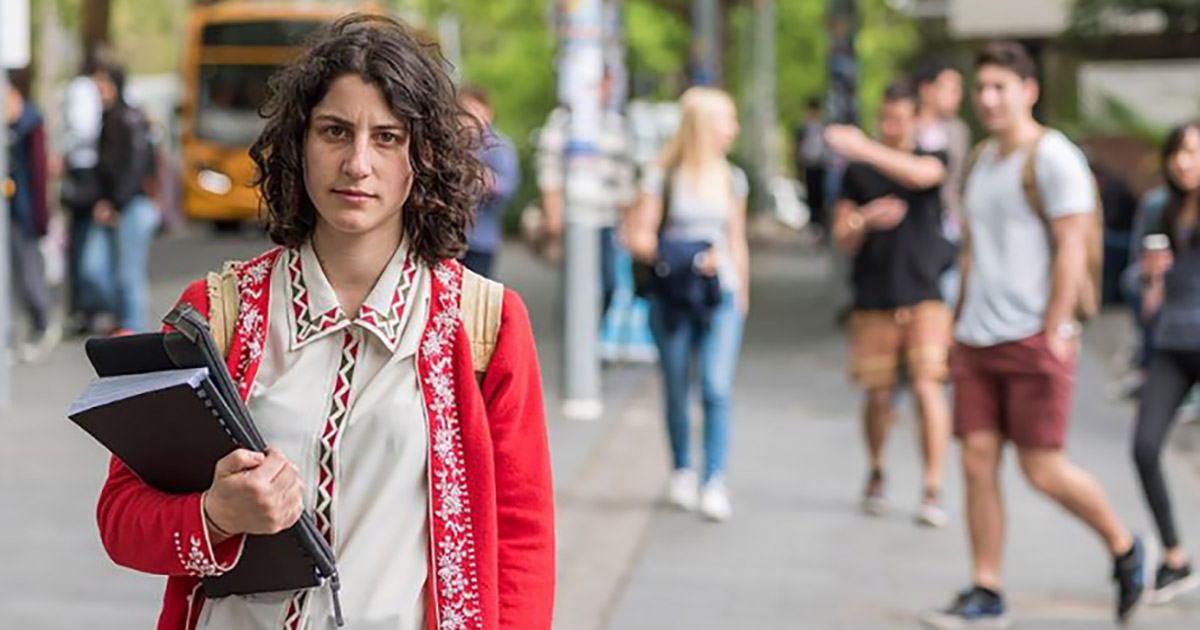

Being an active bystander means becoming aware that inappropriate or even threatening behaviour is going on and choosing to challenge it.
What is Pedagogy for Change?
The Pedagogy for Change programme offers 12 months of training and experiencing the power of pedagogy – while you put your skills and solidarity into action.
Studies and hands-on training takes place in Denmark, where you will work with children and youth at specialised social education facilities or schools with a non-traditional approach to teaching and learning.
In short:
• 10 months’ studies and hands-on training in Denmark, working with children and youth at specialised social education facilities or schools. At the same time yo will study the world of pedagogy with your team – a group of like-minded people. You will meet up for study days every month.
• 2 months of exploring the reality of communities in Scandinavia / Europe, depending on what is possible – pandemic conditions permitting. You will travel by bike, bus or perhaps on foot or sailing.


MORE BLOG POSTS
Drama as a pedagogical tool
A theatre project is an excellent way to bring people together, unleash hidden talents, strengthen self-esteem and build community through a creative process.
Helle at Bogense Care Home
Helle works in a care home in Bogense. She has experience with international development as well as social education work. In this blog post she talks about what kind of work the care home does.
Giampaolo at Helios Free School
After completing the 24 month Pedagogy for Change course, Giampaolo went on to continue a life of teaching in Denmark, taking on new challenges and adventures. Read his story here.
Experiential Learning
Helios Free School is situated in Holsted in southern Jutland, approx. 100 kilometres from the German border. The teachers at the school take their students on expeditions to experience reality.
Needed: 69 million teachers
Teachers worldwide are doing a fantastic job to provide quality education despite the pandemic. However, over 69 million new teachers are needed in the near future.
Educators of the 21st Century
A new generation of well-educated, dedicated and unflinching educators are very much in need. Advances in technology may be great, but cannot replace passionate role models.




